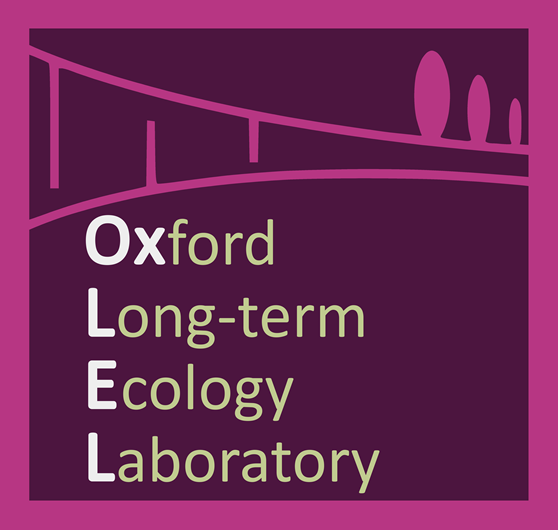What ecosystem services are provided by rewilding?
Description
This project is using the Knepp Estate as a model rewilding programme to determine the past and present natural capital assets (carbon storage, soil erosion, pollination, water retention, recreation) and understand how the quantity of these assets has varied through time and space, and identify the relative contribution of rewilding to these changes. I will lead a team of researchers to extract destructive samples of above and below ground biomass of scrubland and hedgerows to investigate carbon storage and sequestration potential of rewilding. Using a Structure for Motion (SFM) approach alongside the destructive sampling I will generate allometric equations based on the relationship of key characteristics of different species of scrub and their total amount of carbon.
 The different response of vegetation to ‘rewilding’ in the Southern Block of the Knepp Estate. (A) a ‘Vera oak’ protected by bramble in an open landscape; (B) Savanna type thorn-scrub in an open landscape; (C) topiary affect on the hawthorn; (D) heavily browsed blackthorn surrounded by thick scrub.
The different response of vegetation to ‘rewilding’ in the Southern Block of the Knepp Estate. (A) a ‘Vera oak’ protected by bramble in an open landscape; (B) Savanna type thorn-scrub in an open landscape; (C) topiary affect on the hawthorn; (D) heavily browsed blackthorn surrounded by thick scrub.

 Nancy Burrell
Nancy Burrell Professor Katherine J. Willis
Professor Katherine J. Willis Dr Elizabeth S. Jeffers
Dr Elizabeth S. Jeffers